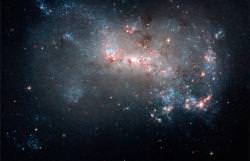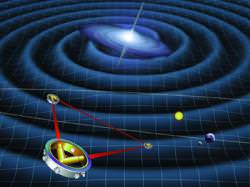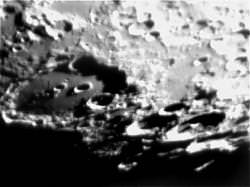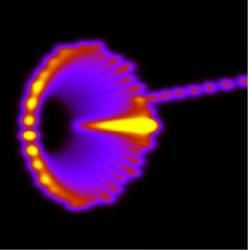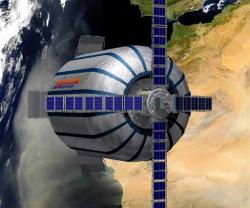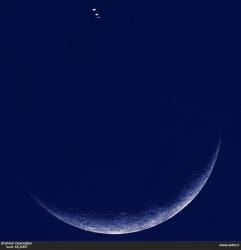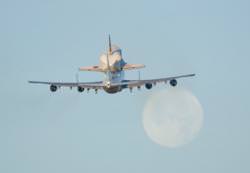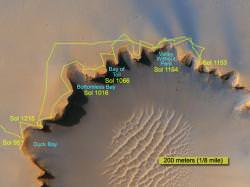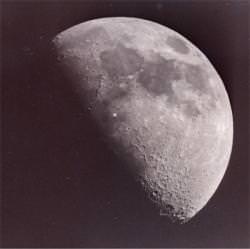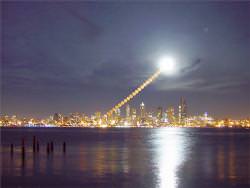Have you ever marveled at how large the full Moon looks when it’s just peeking up over the horizon? It looks so much larger than when it’s high in the sky. It’s not changing in size, your brain is tricking you.
This is called the Moon Illusion, and people have noticed it for thousands of years. If you take a camera and capture images of the Moon all the way from the horizon until it’s at its highest point, the size stays exactly the same. But from your perception, it’s huge on the horizon and much smaller when it gets higher.
You can even confirm this without a camera. Hold your hand out at arm’s length, and the full Moon is about the size of the tip of your pinky finger. Do this when the Moon is down near the horizon, and then do it again when it’s much higher and you’ll see, it’s exactly the same size.
So, why is this happening? Researchers think that the shape of the sky could be the cause. The Moon moves in a circular shape around us, but the sky and clouds are in a bowl shape above us. This difference causes our brain to perceive the Moon larger when it’s down at the horizon.
Bad Astronomer Phil Plait recently explained this for Wil Wheaton on his blog:
The illusion is a combination of two things. the first is the Ponzo illusion, where your brain interprets things as being bigger if it thinks they are farther away.
Second, the sky is not exactly hemisphere-shaped to our brains, it actually looks like an inverted bowl. Think of it this way: clouds overhead are maybe two miles up, but clouds near the horizon are a hundred miles away. So the sky looks bowl-shaped.
So when the Moon is on the horizon, your brain thinks it’s farther away than when it’s overhead. The Ponzo illusion kicks in, and your brain gets fooled into thinking the Moon is HUGE. As it gets higher, the illusion vanishes. If you actually observe the Moon with binoculars or with a ‘scope, you can see it is no bigger on the horizon. In fact, it should look smaller because it’s a few thousand miles farther away than when it’s overhead.
So when your friends are admiring the huge moon, hanging low in the sky, feel free to let them in on the secret.
It’s all an illusion.
Original Source: Science@NASA

